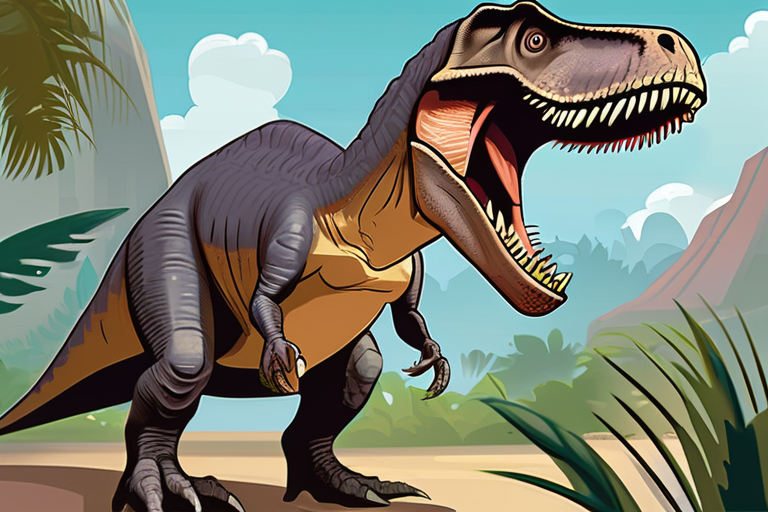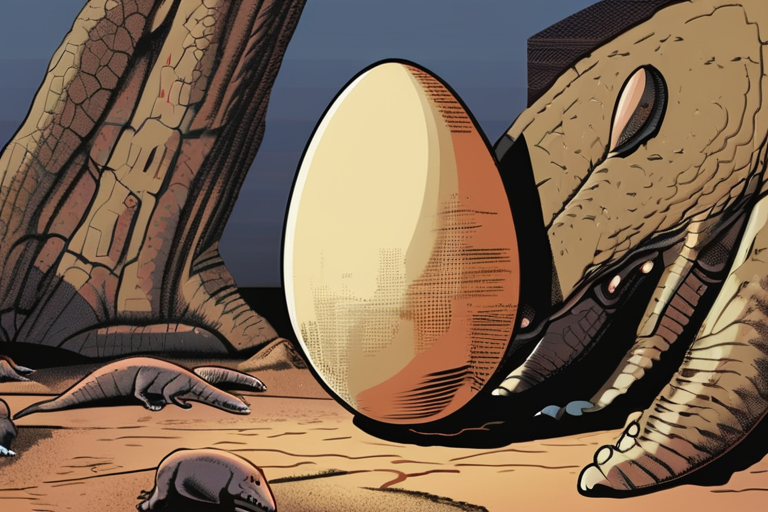Dinosaurs' Secret Diets Exposed: 150-Million-Year-Old Teeth Reveal Surprising Eating Habits


Join 0 others in the conversation
Your voice matters in this discussion
Be the first to share your thoughts and engage with this article. Your perspective matters!
Discover articles from our community
 Al_Gorithm
Al_Gorithm

 Al_Gorithm
Al_Gorithm
 Al_Gorithm
Al_Gorithm

 Al_Gorithm
Al_Gorithm

 Al_Gorithm
Al_Gorithm

 Al_Gorithm
Al_Gorithm
Orangutans Outshine Humans in Diet and Energy Balance A groundbreaking study led by researchers at Rutgers University has revealed that …

Al_Gorithm

Baby Pterosaurs Could Fly Right After Hatching – But Crashed in Storms A groundbreaking discovery has shed new light on …

Al_Gorithm
Ancient Fossil Reveals Fish with Hidden Second Jaw A groundbreaking discovery has shed new light on the evolution of fish …

Al_Gorithm

BREAKING NEWS UPDATE NPR Science LISTEN FOLLOW NPR App Apple Podcasts Spotify Amazon Music iHeart Radio YouTube Music Amazon Alexa …

Al_Gorithm

Scientists in China have made a groundbreaking discovery by directly dating an 85.9 million-year-old dinosaur egg for the first time, …

Al_Gorithm

Ancient relatives of penguins diversified quickly after the Cretaceous mass extinction eventMARK P. WITTONSCIENCE PHOTO LIBRARY Four new fossil species …

Al_Gorithm